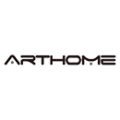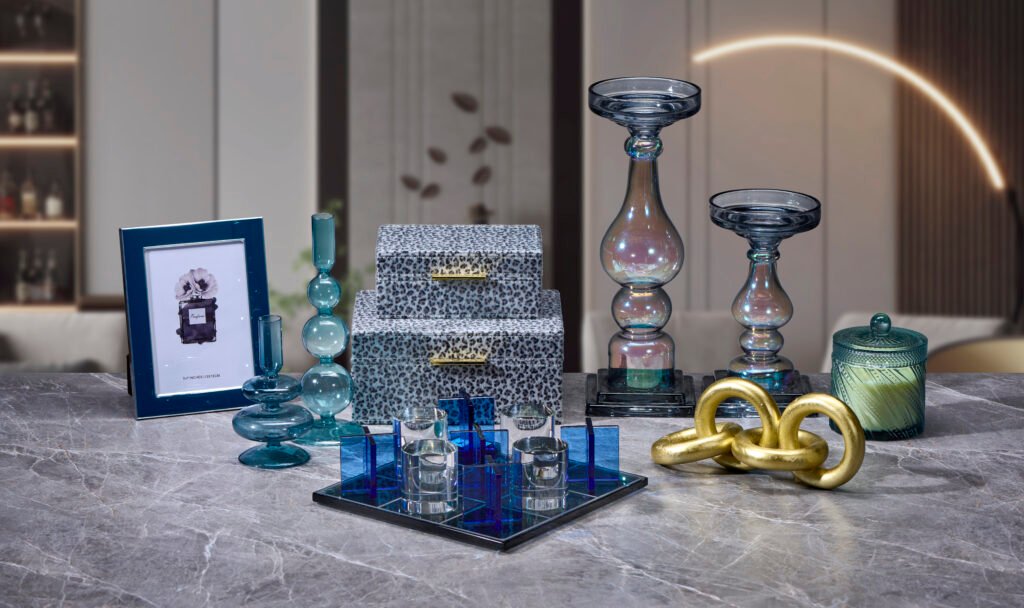Introduction: What Defines 2026 Home Decor Trends?
The 2026 home decor trends reflect a major shift in how we view and experience living spaces. No longer focused solely on aesthetics, interiors now merge technology, sustainability, and emotional design to create homes that think, feel, and adapt to their inhabitants. This year’s trends highlight fluid forms, immersive environments, and eco-friendly materials, making 2026 an exciting time for both homeowners and wholesale buyers.
Key Highlights of 2026 Home Decor Trends
The interior design trends of 2026 redefine traditional boundaries. Rooms are treated as unified experiences where art, architecture, and furniture interact seamlessly. Some of the major directions include:
- Irregularity: Embracing asymmetry and organic curves in furniture and architecture.
- Tech Meets Tactility: Smart systems combined with natural materials like wood, stone, and textiles.
- Emotional Drive: Storytelling through handcrafted elements, heritage details, and artisan finishes.
- Functional Drama: Movable partitions, sculptural kitchen islands, and statement ceilings.
- AI + Sustainability: Homes optimized for both environmental efficiency and comfort.
- Biophilic Evolution: Indoor farming kits, soundscapes, and water-inspired features.
- Sensorial Immersion: Lighting, scent, and acoustics that shift with mood and climate.
- Circular Economies: Materials designed for reuse, recycling, and traceability.
These directions shape not just how homes look, but also how they function and feel.
Emerging 2026 Home Decor Trends
1. Organically Flowing Wooden Silhouettes
One of the most defining 2026 home decor trends is the rise of curvilinear wooden furniture. From coffee tables to shelving units, designers are moving away from rigid minimalism and toward soft, flowing contours. Advanced woodworking technology allows seamless joints and uninterrupted visual fluidity, making mass-produced items appear artisanal.
Why It Matters: Retailers and wholesalers can expect strong demand for curved sofas, oval dining tables, and sculptural wooden wall panels that emphasize comfort and elegance.
2. Freehand Artistry
Freehand artistry celebrates imperfection and spontaneity. Walls, ceramics, and fabrics showcase hand-painted strokes and organic motifs that look as natural as handwriting. This approach emphasizes emotional connection, inviting homeowners to engage not only visually but also tactilely with their interiors.
Why It Matters: This trend is ideal for home accessories like vases, cushions, and wall art. It allows mass-market items to feel unique and human-centered, appealing to consumers looking for authenticity.
3. Embroidery on Wood
Blending tradition with innovation, embroidery-inspired woodworking has become a standout in interior design trends 2026. CNC-routed channels and micro-drilled patterns create delicate designs that mimic embroidered textures. Some designers also highlight reclaimed timber scraps, arranged into mosaic-style panels with strong artisanal appeal.
Why It Matters: Wholesalers offering CNC-carved headboards, patterned cabinetry, or mosaic wall cladding will align with consumer demand for sustainable yet decorative furniture.
Why 2026 Home Decor Trends Matter for Consumers and Retailers
The 2026 home decor movement isn’t just about visual upgrades—it’s about creating meaningful, functional spaces. For homeowners, this means living environments that adapt to moods, conserve energy, and enhance comfort. For retailers and wholesalers, it represents an opportunity to stock products that combine eco-conscious materials, cutting-edge design, and multifunctional features.
- Consumers want homes that feel alive, emotional, and sensory-rich.
- Retailers should curate collections with traceable materials and artisan-inspired finishes.
- Wholesalers must prioritize sustainable sourcing and innovative manufacturing methods to stay competitive.
Conclusion: Preparing for the Future of 2026 Home Decor
The 2026 home decor trends signal a new era where art, technology, and sustainability converge. From organically flowing wooden furniture to AI-driven smart homes, the future of interior design lies in spaces that think and feel as much as they look beautiful.
For homeowners, it’s an opportunity to embrace comfort and individuality. For retailers and wholesalers, it’s a chance to lead the market with eco-friendly, multifunctional, and emotionally driven products.
👉 Whether you’re looking to refresh your living space or expand your product catalog, the 2026 home decor trends are the roadmap to a vibrant and dynamic future.

